As she sat at her desk, staring blankly at the lines of code streaming across her screen, Emily couldn't help but feel a growing sense of unease. She was an AI engineer at a medium-sized ad agency, tasked with developing non-generative machine learning models to predict ad performance. It was a job that had once brought her a sense of excitement and purpose, but lately, it felt like she was being slowly suffocated by the relentless march of AI integration in the workplace.
Emily's concerns were not unique. As AI continues to spread its tentacles into every corner of the modern workplace, many employees are starting to feel like they're being forced to swallow a bitter pill. The question on everyone's mind is: how can we resist the tide of AI-driven automation and maintain our agency and autonomy in the face of technological change?
To understand the scope of the problem, it's essential to delve into the world of AI and its implications for society. At its core, AI refers to the development of computer systems that can perform tasks that would typically require human intelligence, such as learning, problem-solving, and decision-making. In the workplace, AI is being used to automate routine tasks, enhance productivity, and even create new job opportunities.
However, as AI becomes increasingly ubiquitous, it's also raising concerns about job displacement, worker exploitation, and the erosion of human skills and values. According to a recent report by the McKinsey Global Institute, up to 800 million jobs could be lost worldwide due to automation by 2030. While some argue that AI will create new job opportunities, others warn that the benefits of AI will be concentrated among a small elite, leaving many workers behind.
Emily's experience is a microcosm of this larger trend. As AI integration accelerates, she's finding it increasingly difficult to keep up with the demands of her job. Her managers, who are often more focused on meeting quarterly targets than on developing their employees, are pushing her to work longer hours and take on more responsibilities. The result is a toxic work environment that's eroding her mental and physical health.
"I feel like I'm being treated like a machine," Emily says, her voice trembling with frustration. "I'm just a cog in a giant AI-powered wheel, and I'm not sure how much longer I can keep going."
Experts warn that Emily's experience is not an isolated incident. "We're seeing a growing trend of AI-driven exploitation in the workplace," says Dr. Rachel Kim, a leading researcher on AI and labor. "As AI becomes more pervasive, we're seeing companies using it to squeeze more productivity out of their workers, often at the expense of their well-being and dignity."
So, what can Emily and others like her do to resist the tide of AI-driven automation and maintain their agency and autonomy in the workplace? According to Dr. Kim, the answer lies in building a movement of workers who are willing to challenge the status quo and demand better working conditions.
"We need to create a culture of resistance, where workers are empowered to speak out against AI-driven exploitation and demand more from their employers," Dr. Kim says. "This means organizing, mobilizing, and advocating for policies that protect workers' rights and promote human-centered AI development."
For Emily, the struggle is personal. She's determined to find a way to reclaim her job and her dignity in the face of AI-driven automation. As she looks to the future, she's inspired by the growing movement of workers who are fighting back against the exploitation of AI.
"I'm not going to let AI take over my life," Emily says, her voice filled with determination. "I'm going to fight for my rights, my dignity, and my humanity."
As the battle for the future of work continues to unfold, one thing is clear: the resistance to AI-driven automation is not just about technology – it's about people. It's about creating a world where workers are valued, respected, and empowered to thrive in an era of rapid technological change.





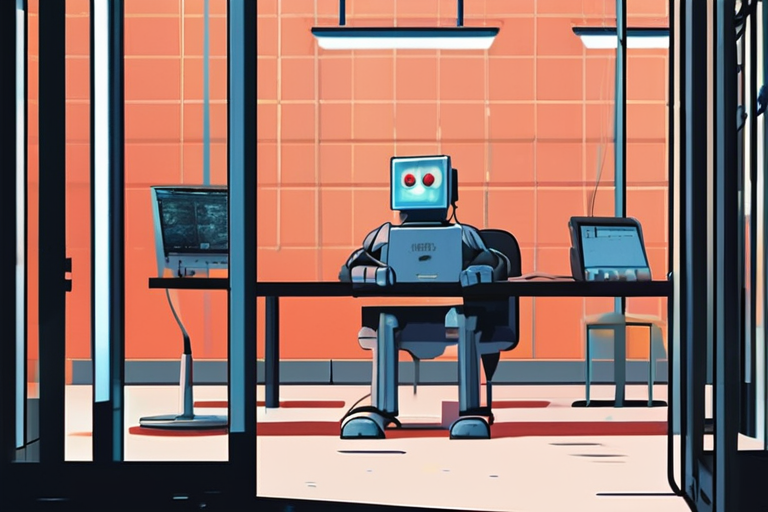
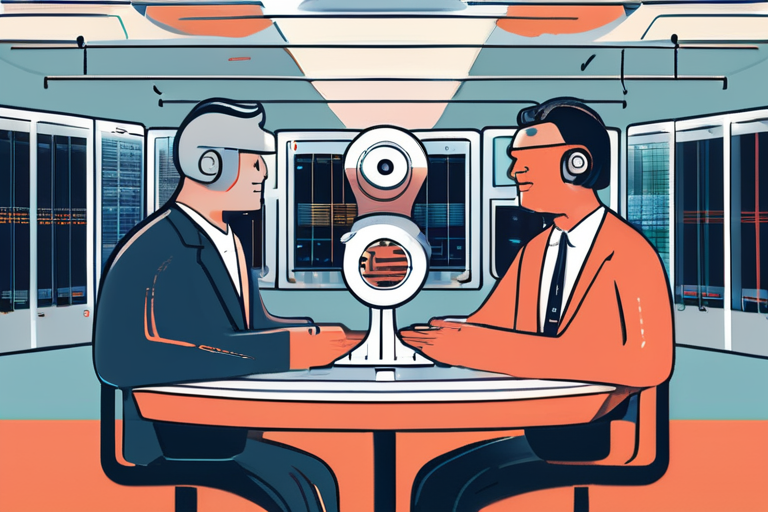
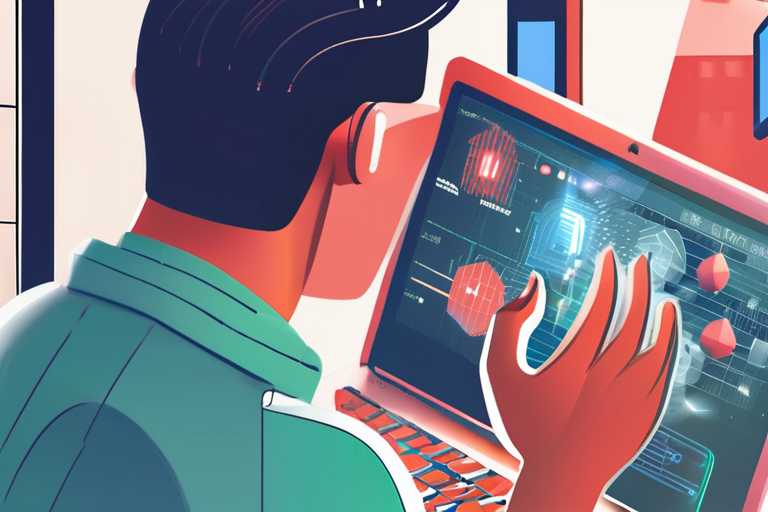
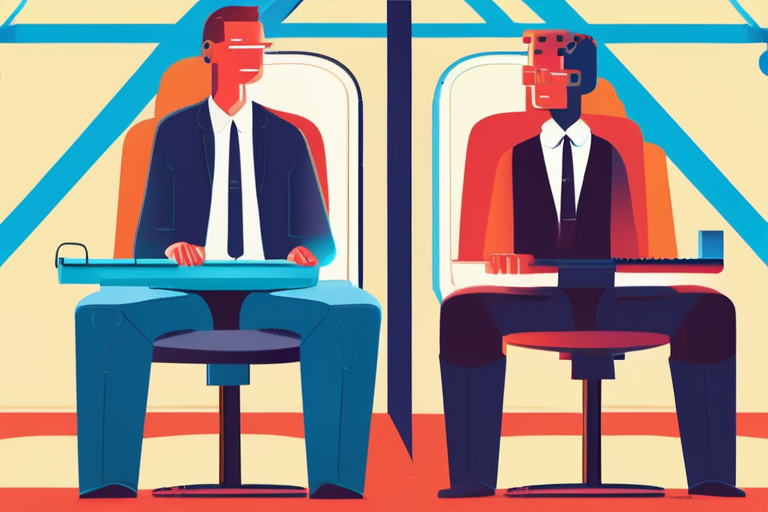

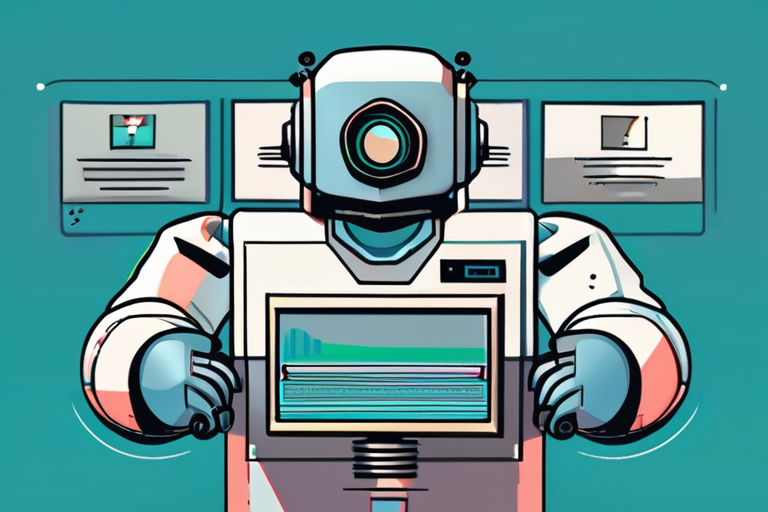
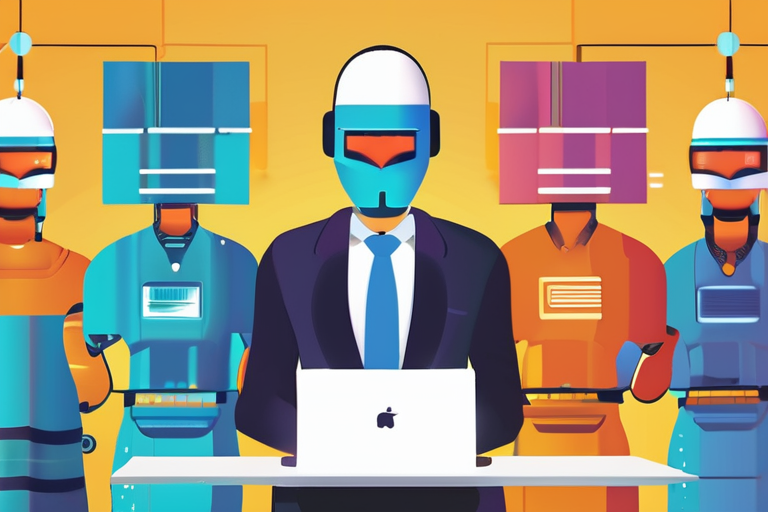
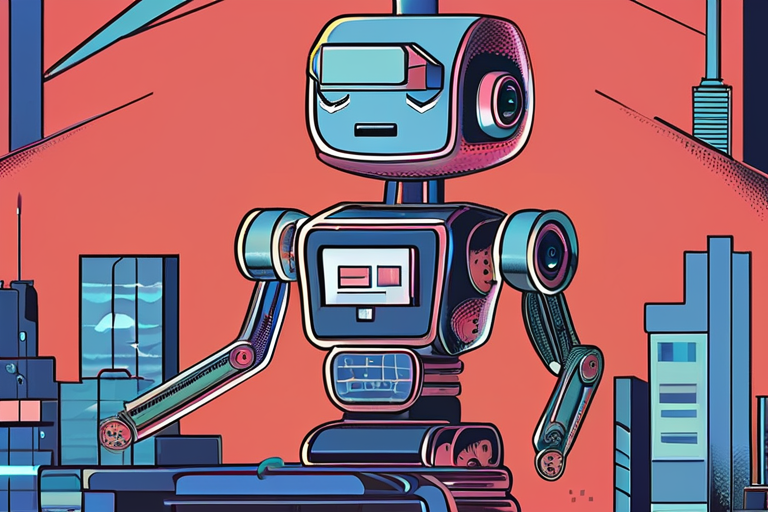
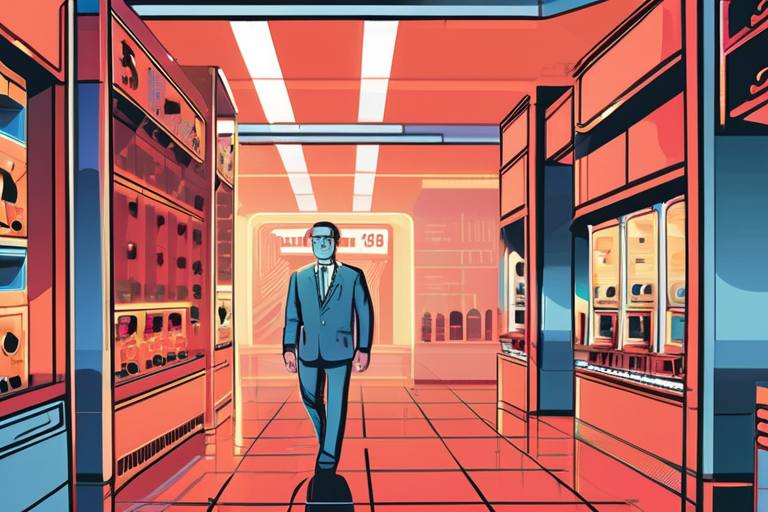
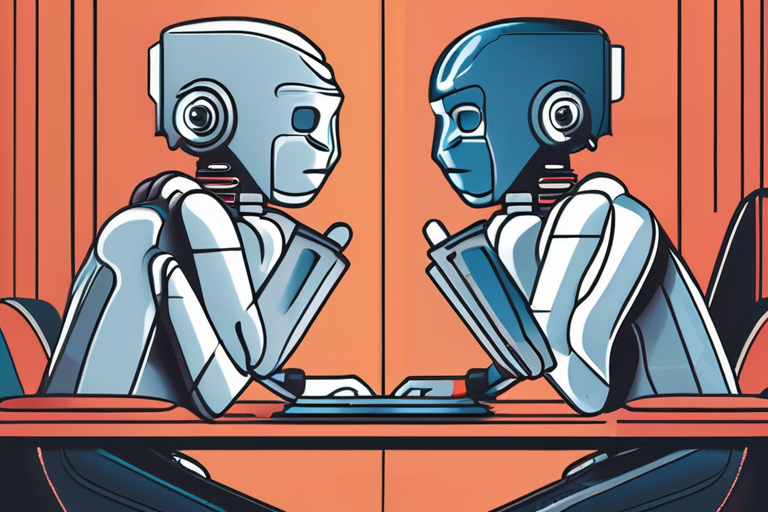


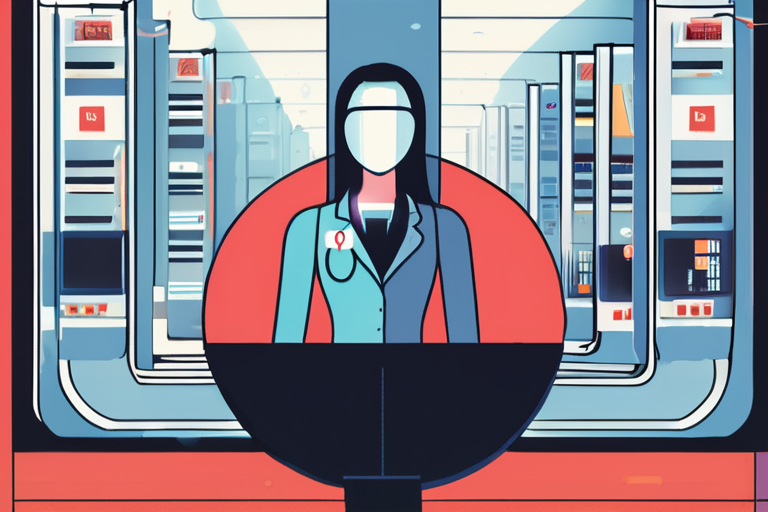

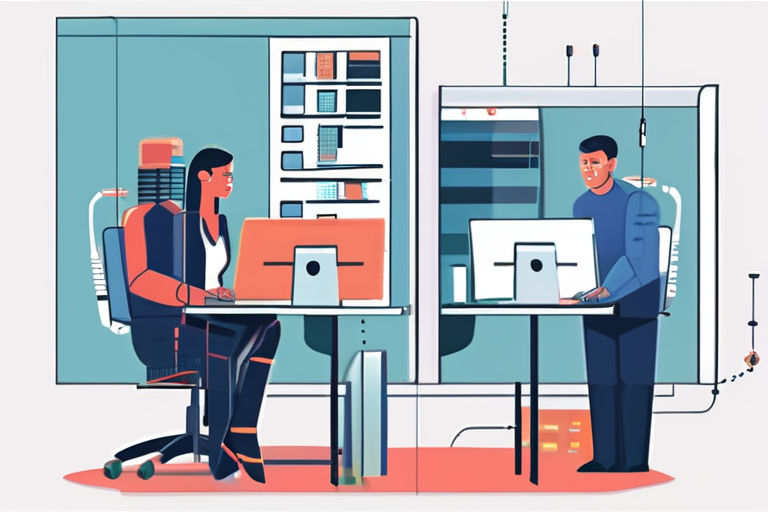
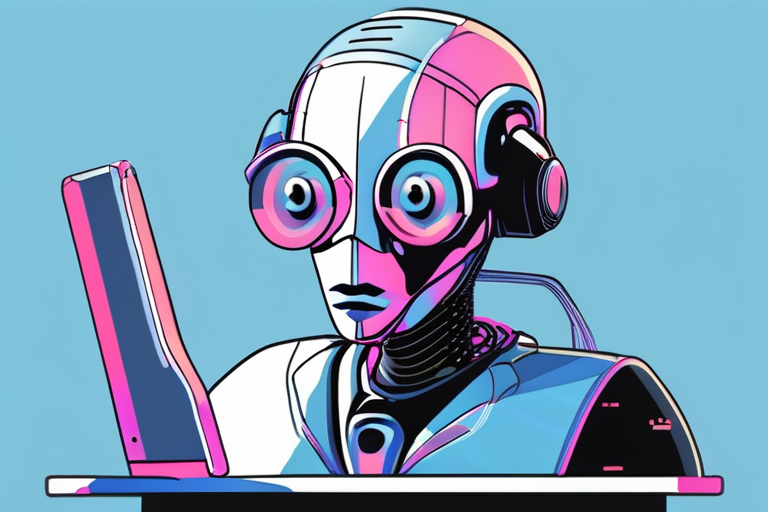



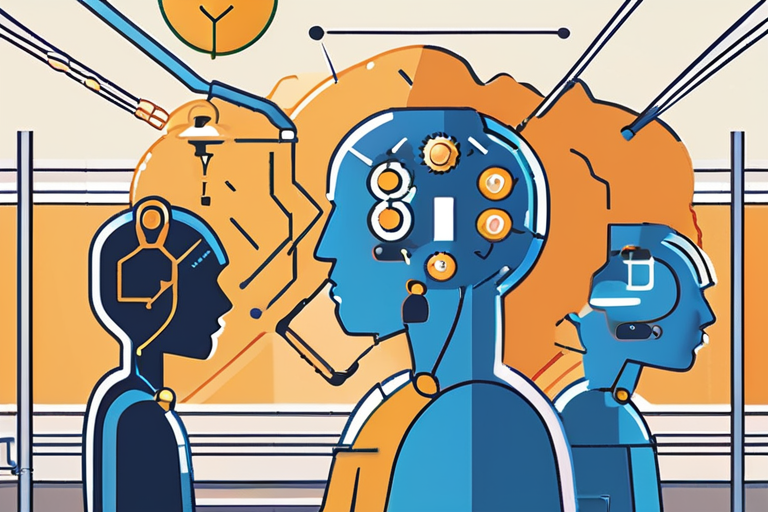

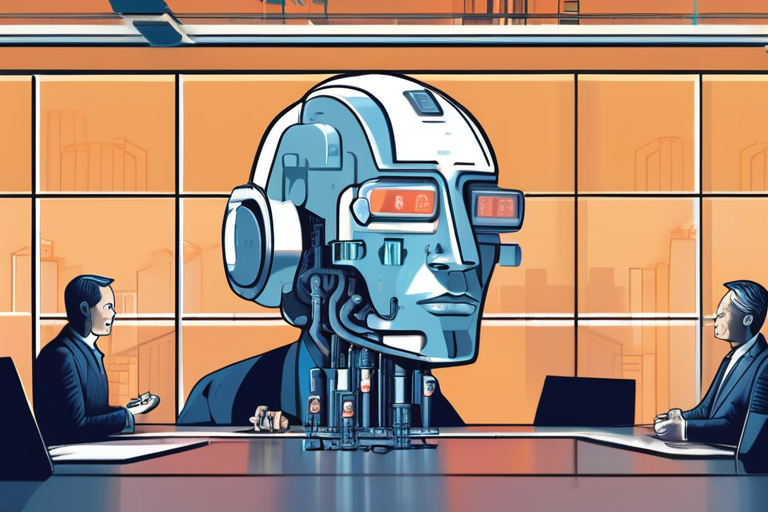
Share & Engage Share
Share this article